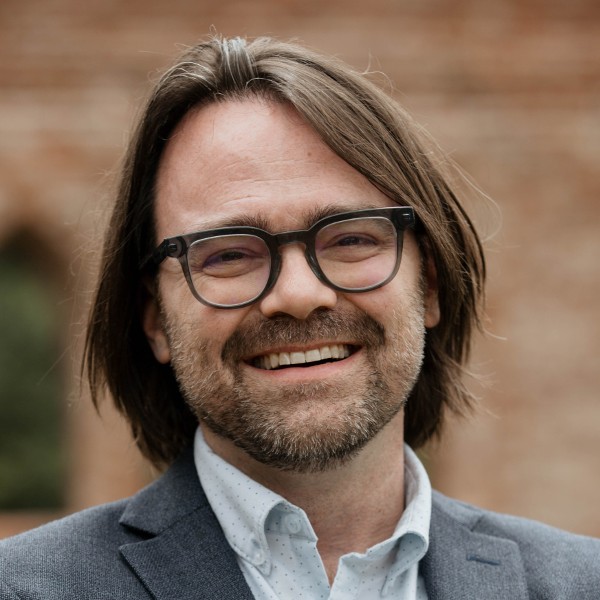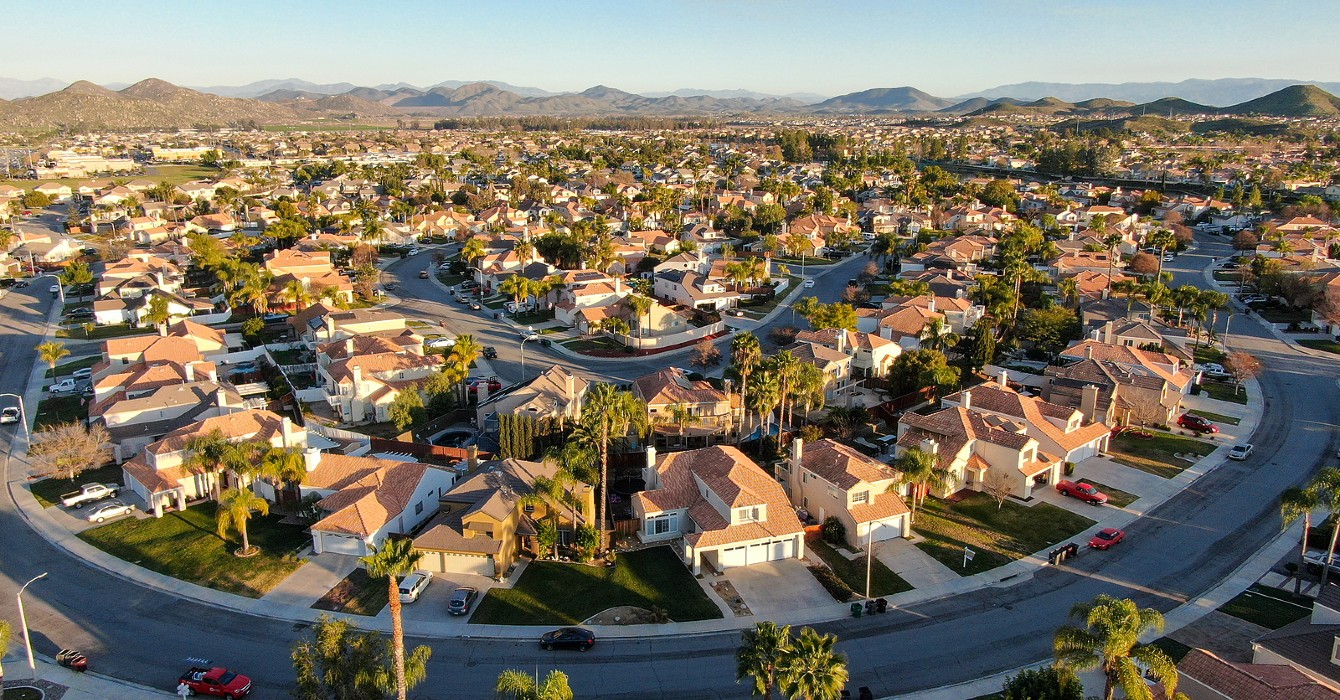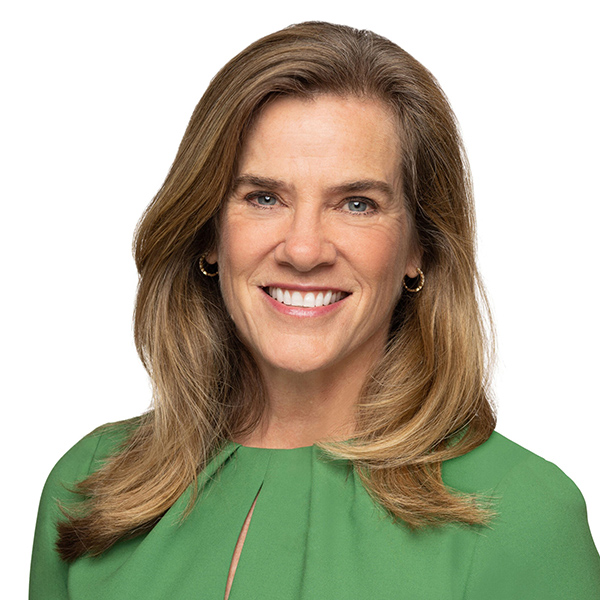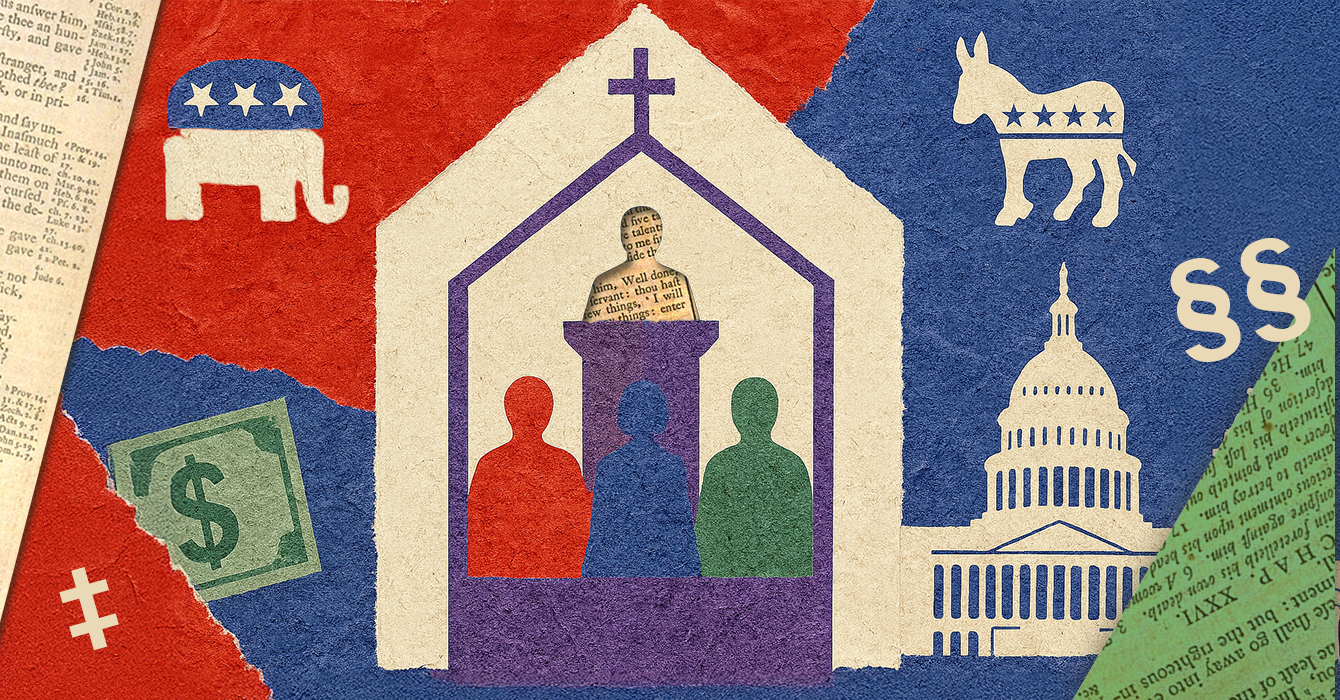Limits of Hyperlocal Politics
Amid the importance of local politics for our churches, there are dangers that we should not overlook. Focusing exclusively on highly local matters, sometimes called a hyperlocal approach, neglects wider social sins that entangle a neighborhood and church community. It overlooks how deeply our neighborhoods and towns are entwined with one another socially, economically, and spiritually. My own neighborhood’s sins are usually connected to other neighborhoods nearby, and my neighborhood’s well-being depends upon others nearby.
In the United States, the interconnection of neighborhoods’ sins is most evident in racist housing policy. During the mid-twentieth century, White Americans set up an apartheid-style system of housing and land ownership that ensured Black Americans and other persons of color could not own property in predominantly White neighborhoods. Property values in many White neighborhoods grew and exacerbated wealth disparities in the United States. Churches were hardly exempt from this movement; rather, they were part of it. We see it in the geography of newly established White churches during the 1940s to 1960s. In many metropolitan areas across the United States, newly established churches during this era provide a basic map of White flight. It’s not that White churches followed White flight — it’s that they were often the first institutions established along its path. Sometimes White church leaders explicitly supported Whites-only neighborhoods, but more often they offered spiritual comfort to new congregations while ignoring the racism embedded in their new built environment. White churches did not simply benefit from White flight; they helped promote White flight in what became a period of unprecedented wealth accumulation for White Americans and White churches.
In a hyperlocal approach it’s very easy to overlook this history by focusing exclusively on one’s own neighborhood. It could be easy for a White congregation to look around its neighborhood, notice that most people are White, and assume that its localized moral responsibilities do not involve fighting racism. In this way a hyperlocal church would promote racism because it neglects the racism built into the physical space of neighborhoods. Instead, one should ask, Why is my neighborhood so White? What led to this, and what is perpetuating it? The covenants and laws in place at the founding of a neighborhood, for example, carry ramifications for generations as certain neighborhoods receive more money for schools, transportation, and other public services, and these neighborhoods in turn produce and attract more wealth. Even if those covenants are no longer legally binding, their legacies remain. White and Black Americans with identical credit scores still have very different experiences securing a home loan, for example.
Nor is this challenge exclusive to suburban congregations. Plenty of predominantly White urban churches are experiencing growth today, driven partly by gentrification and growing White populations in cities. Here too it’s necessary to face the institutional and historical racism associated with such a change. As theologian Willie Jennings writes, “People will not fight you at all when you say we need to learn to love each other. But if you say that the configuration of real estate must show how we love one another, they will fight you tooth and nail.” Pastors and lay leaders need not skirt the difficulties and conflicts associated with this struggle.
In my own Episcopal denomination, we value something called the Anglican “parish system” but can overlook a potential shadow side. The term “parish” may be less familiar to some, but it carries an important theological quality that links our churches with their surrounding neighborhoods. A parish includes not just those who gather on Sunday morning but the surrounding community too. In this system a parish has responsibility and obligation for all who live in its geographic area, not just its church members. It’s a model that many Anglican churches turn to when engaging local politics. But for White parishes established during White flight, valuing the parish system can lead to these same problems of hyperlocal politics. Their local community was entirely White for years, shaping an identity that did not recognize its interdependence with nearby neighborhoods. In the Catholic Church, which follows a similar system, the divides are less subtle. Black Catholic churches sometimes formed nearby White Catholic churches because of Whites who did not want to receive communion with Black Catholics. This is a deep distortion of the parish system, which seeks to bring Christians in a geographic area together amid their difference and diversity.
Similarly, in recent years I’ve worked with pastors leading congregations in neighborhoods going through demographic transitions whose congregations are struggling to bring in new members. Oftentimes it is a White congregation in a once predominantly White suburban neighborhood becoming a more multicultural neighborhood. Pastors have shared how their predominantly White congregations cannot seem to grow even while the surrounding neighborhood grows and changes. Even though the congregation strives to be hospitable, has ministries in the neighborhood, and has an evangelistic spirit, sometimes these churches still don’t attract newcomers from the surrounding community. During prior generations, when the neighborhood grew, the church grew too. So what’s different now?
In many cases, a church’s overwhelmingly White identity proves so baked in that they struggle to welcome newcomers who aren’t White. With the church having been established during White flight, their local demographics were White for decades. As neighborhoods changed more recently, these churches have had difficulty welcoming their neighbors because neighbors are not exclusively White anymore. Even if they speak openly about how they want a more intercultural community, in their habits they lack the cultural resources to make others feel welcome.
A Christian politics of loving interdependence, on the other hand, recognizes a church’s connection with nearby neighborhoods. It recognizes that just as individuals depend upon one another for their existence and identity, so also do neighborhoods and counties. All of us are bound up with one another. Churches can both challenge the policies that have led to divided neighborhoods and also be a model of overcoming these divisions.
Oftentimes in the United States people do not go to church in their neighborhood, which raises a related set of issues. While I think there are great benefits to attending church near where we live, there are also good reasons why people do not. Where queer-affirming churches are rare, for example, people might have to drive a long way to find a church that includes them. If we drive some distance to church, one thing to remember is that we are still interconnected to our church’s neighborhood and indeed to the neighborhoods we pass through to get to church. If we can drive to that church, then there are certainly social and economic networks that connect the place we live to the place we go to church. We should recognize and explore those connections.
Building networks and coalitions with other churches as well as interfaith and secular social service organizations proves one of the most effective ways to work toward healing fragmented neighborhoods, whether we drive long distances to church or whether we’re trying to build interconnections across distant neighborhoods. Coalitions between churches enable us to encounter one another amid the disparate nature of so many American cities and towns, given how spread out many metropolitan areas can be. Without such encounters, churches risk mimicking an American consumerism in which products — in this case spiritual products — are disconnected from place and geography.
Such coalitions can be means of facing and undoing legacies like housing apartheid in the United States. In my hometown of Richmond, Virginia, for example, a group of churches recognized the challenge of separated neighborhoods and started looking for ways to combat it. They realized that, in their context, neighborhoods became isolated from one another in part because there wasn’t a strong transit system to connect them. The existing transit system didn’t provide strong connections between financial centers and lower-income neighborhoods, which exacerbated wealth disparities in the city. Lack of public transportation also prevented building relationships across racial lines due to the Richmond area’s history of segregated neighborhoods. So churches banded together during the 2010s to advocate for rapid transit service across various parts of the city, led by Richmond Hill, [an] interracial monastic-styled community. … A few years later Richmond opened its first bus rapid transit service, with a 17 percent increase in public transit ridership in the first year of operation, as people had a safe and effective means of getting to and from work or elsewhere.
The nature of local politics means that churches’ proposals in public matters like this one have a conditional quality. Once a congregation has explored the question of what is going on, the responses will vary dramatically from place to place. In the case of rapid transit services, skeptics retorted that a bus service does not necessarily seem like something “Christian” per se. Jesus makes no mention of buses in the New Testament, after all. But this misses the point. Since every community is different, Jesus’s universal commandment to love our neighbors means that love will take different shapes and forms in different places. It might even appear strange to those who live well outside that community. Engaging neighborhood life will look very different for a church in a densely populated urban area compared to a church in a lightly populated small town. When responding to different situations, judgments will have a “fluid and flexible character,” in theologian Kathryn Tanner’s words. Jesus’s political culture in the first century is not our culture, and so our politics should look different, while still inspired by Jesus’s commandment to love our neighbors.
Hyperlocal politics can be a pernicious form of local politics if it seeks the perceived welfare of its own neighborhood at the expense of surrounding neighborhoods. Churches either participate in such harmful politics or become communities embodying interdependence by recognizing how our neighborhoods rely on each other. Building relationships with each other across churches then becomes a vital means of shaping towns and cities that recognize and enact their interdependence. Here, too, churches can be leaven in the loaf of public life.
From the book “The Good News of Church Politics” (Eerdmans, 2024), by Ross Kane. Reprinted with permission. All rights reserved.














